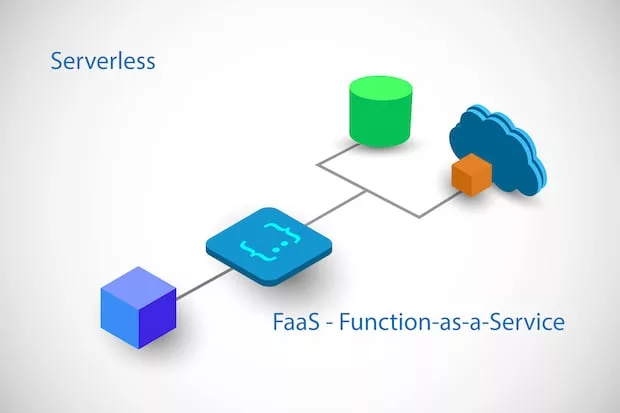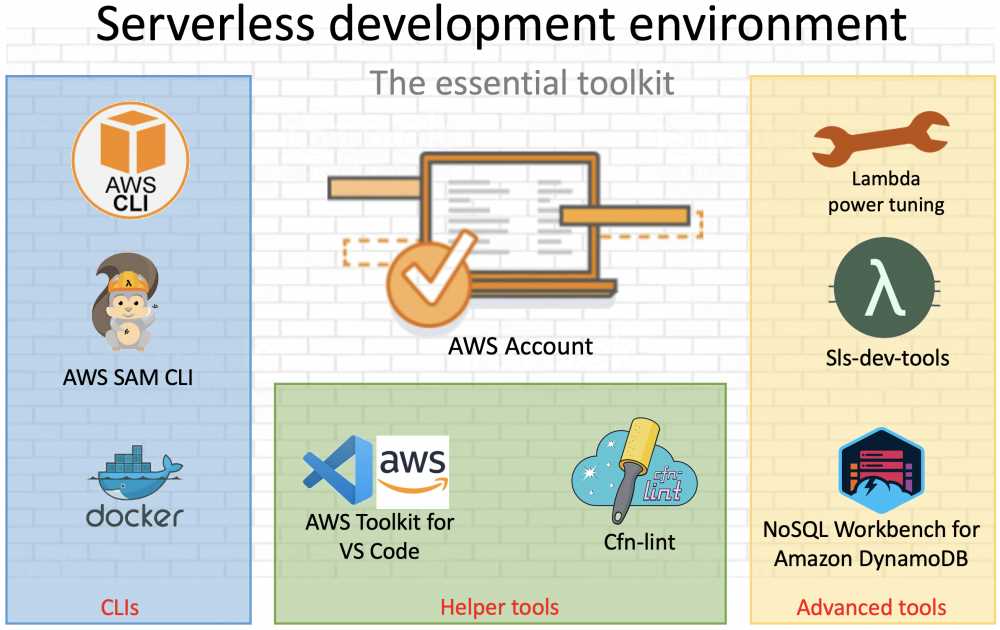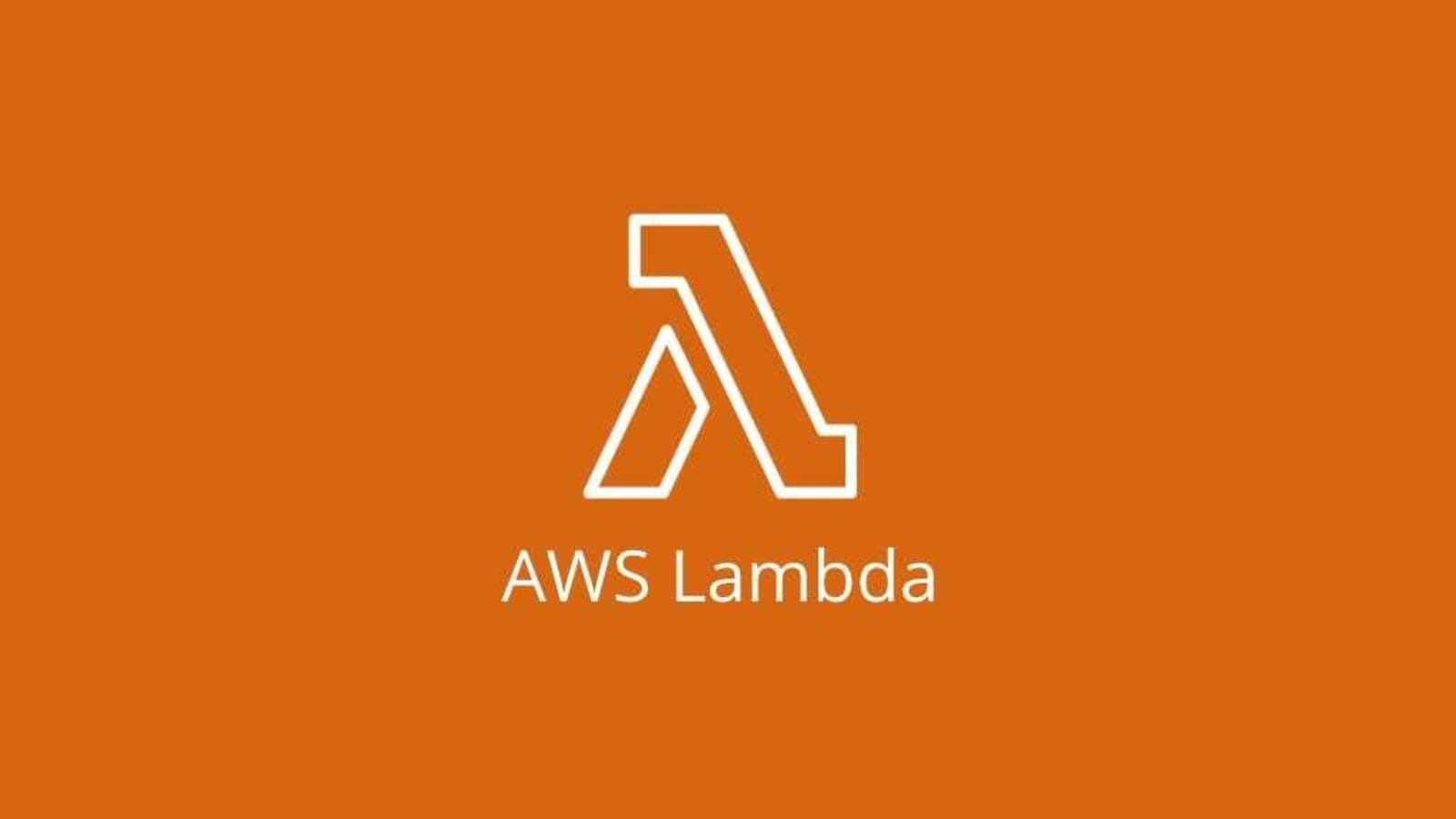
ServerEss Computing has revolutionized the way developers build and implement applications. With serious architecture, developers can focus on writing code without worrying about infrastructure management, scalability, and availability. One of the most popular ServerEss computing platforms is AWS Lambda. In this article, we will discuss how to develop Lambda applications for seamless server computing without servers.
AWS Lambda allows developers to run code without designing or managing servers, and supports a variety of programming languages, including JavaScript, Python, and Java, making it an ideal choice for developers with different language preferences. Developing a Lambda application involves a number of important steps, including creating Lambda functions, setting up triggers, and configuring environment variables.
To begin developing a Lambda application, a Lambda function must be created. You can create a Lambda function using the AWS Management Console, AWS CLI, or AWS SDK. The Lambda function can be created using AWS CLI or AWS SDK.
Next, you need to set up triggers for your lambda function. AWS Lambda supports a variety of triggers, including HTTP requests, Amazon S3-Bucket changes, and DynamoDB table updates. You can configure multiple triggers in a Lambda function to handle a variety of events and create highly flexible and responsive applications.
In addition to triggers, you can also configure environment variables for Lambda functions. Environment variables allow you to pass configuration settings such as API keys, database connection hints, or other sensitive information to the Lambda function.
In general, developing a Lambda application for ServerEssless computing consists of creating Lambda functions, setting triggers, and configuring environment variables. platform, allowing developers to focus on writing code and building innovative applications without worrying about infrastructure management.
Understand Foundation Without Server-Side Computing

Sersveress Suites, also known as feature as a function (FAAS), is a cloud computing model that allows developers to focus solely on code creation and implementation without having to worry about server management and availability. In the traditional server-based model, developers must manage infrastructure such as servers, storage, and networking to implement and implement the application; with ServerEss computing, this responsibility is removed and the developer can can focus on creating and implementing the application logic.
In serious architectures, the application is divided into smaller, independent functions that are activated by specific events. Each function performs a specific task or set of tasks and terminates as soon as the function is executed. This on-demand implementation model allows for efficient use of resources and cost-effective scaling because resources are used only when a particular function is called.
ServerEss computing offers many advantages over traditional server-based models. To begin with, it automatically guarantees scale and elasticity. This is because functionality may go up or down according to demand without manual intervention. This allows applications to handle unexpected bursts of traffic without sacrificing performance or unnecessary costs. Second, server computing reduces operational complexity because manufacturers no longer need to manage servers and worry about system administration tasks. This allows manufacturers to focus on writing code, thus speeding up development and implementation cycles. Finally, server computing is often more cost-effective because it is used only when a function is invoked.
To develop serious applications, manufacturers typically use cloud providers that offer serverless platforms such as AWS Lambda, Azure Functions, and Google Cloud features. These platforms provide the right tools and infrastructure to implement and initiate serious functionality. Manufacturers can build their own functions in supported programming languages such as JavaScript, Python, Java, etc., and define pre-defined triggers that invoke these functions. Functions can be deployed on a server – free platform that mechanically manages the execution, scaling, and availability of the functions.
Key Concepts of Server Computing

There are several important concepts and components of server computing
- Functions: small, independent blocks of code that perform a specific task or set of tasks. Functions in serious architectures are generally short-lived, do not monitor status, and are event-driven.
- ActietRigger: An event that triggers the performance of a function. This can be a request to an API endpoint, a message from a queue, a planned event, or another similar event. Each function has many event triggers.
- ServerEss Front End: A cloud provider front end that allows manufacturers to launch and run server functions. This platform mechanically manages the execution, scaling, and availability of functions.
- Orchestration: The process of coordinating the implementation of multiple functions to achieve a desired result. Orchestration includes assigning priorities to make functions work and managing data flow between functions.
- Microservices: building blocks for creating applications as collections of small, independent offerings that can be developed, deployed, and scaled autonomously.Sersveress computing is often used in microservice architectures to implement individual functions. used.
Understanding these key concepts is very helpful in the efficient development of serial applications. By using the power of server computing, manufacturers can create scalable, cost-effective, and highly available applications without having to manage servers or infrastructure.
Leave a Comment